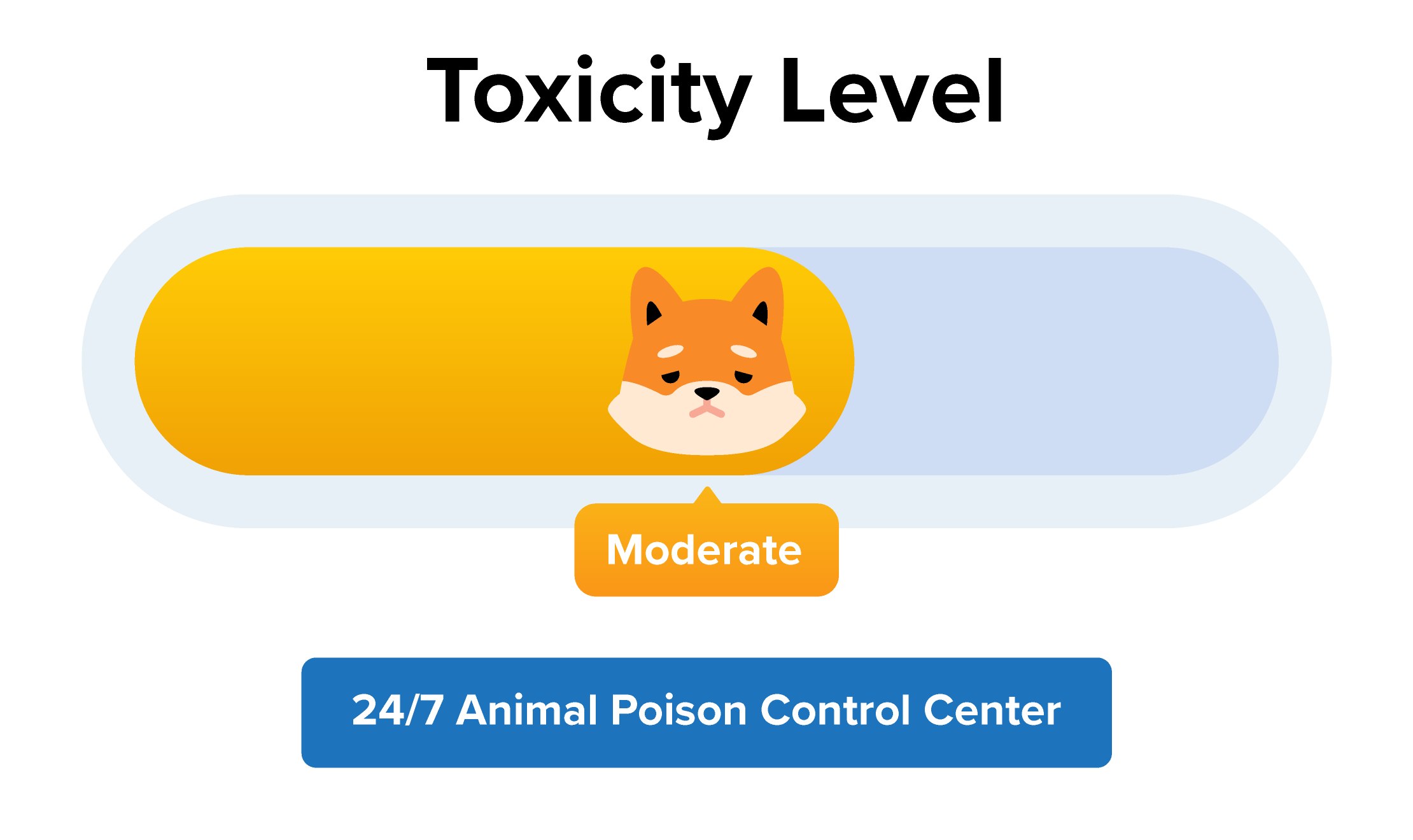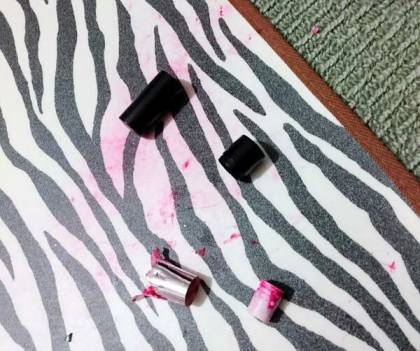Kinetic sand has become a popular plaything for children, making it something that’s available in many homes. However, if you have a dog (or small children), then you’ll need to keep them away from this fun moldable sand.
Connect with a verified veterinarian in minutes. Licensed vets are available 24/7 to answer your questions. No need to worry about your furry family member.
What is Kinetic Sand?
Kinetic sand is simply regular sand that’s been coated in silicone oil. This is an oil that’s often used to provide lubrication; however, when it’s applied to sand, the sand will be moldable, like when it’s wet with water. The oil keeps the sand from drying out, making this a fun toy for kids!
However, if a dog gets a hold of kinetic sand, it can lead to a serious medical complication.
How is Kinetic Sand Dangerous to Dogs?
Thankfully the sand and the silicone oil are not toxic, which is why this is a safe toy for older children. The problem comes if the sand is eaten in large amounts. For instance, if your fur baby chows down on a bunch of this stuff, he could end up with a bowel obstruction.
The problem is that the sand, after being eaten, will stay in the dog’s intestines. The sand clumps together in your dog’s digestive tract and can cause an obstruction. When the bowel tries to empty, the sand simply remolds itself, which makes it impossible for the dog to get out of his system. This creates a blockage in the intestines.
Kinetic sand can also cause these health issues:
Dehydration: kinetic sand can also absorb moisture. If a dog eats a large amount of the sand, he could become dehydrated, as the sand absorbs the fluids in his digestive tract.
Intestinal obstruction: the sand may clump together in the dog’s digestive tract, causing an obstruction. In that case, fluids, food, and feces are unable to move, causing a blockage to form in the intestines. This can be a life-threatening condition that may require surgery to resolve safely.

Review symptoms, medications & behavior to keep your pets healthy with a Vet Online in just minutes.
Ask a Vet Live NowSymptoms of an Intestinal Blockage
These are the symptoms that can develop after your dog eats kinetic sand:
- Vomiting
- Diarrhea
- Abdominal pain/swollen abdomen
- Constipation
- Lethargy
- Loss of appetite
- Dehydration
This is a very serious condition that must be treated by the vet as soon as possible.
What to Do If Your Dog Eats Kinetic Sand
Remember to stay calm, even though it’s normal to feel worried or scared. Staying calm helps you think more clearly and make the right decisions to help your fur baby. In addition, it also keeps your dog calmer in this situation.
Try to determine how much of the sand your dog has eaten. The vet will need this information.
Do not give your dog any medications or home remedies without first consulting your veterinarian.
Do not induce vomiting unless the vet instructs you to do so.
Next, call the vet and let them know what’s happened. In most cases, they will want you to bring your canine companion to be checked.
Finally, follow your vet’s instructions on what to do next.
Treatment of Kinetic Sand Ingestion in Dogs
The vet will perform a physical exam and may order lab work and possibly x-rays. After conducting a physical exam and x-rays, the vet may decide to induce vomiting. Never do this at home on your own, unless advised to do so by the vet. However, if the sand has already passed into your dog’s intestines, then the vet may choose to perform surgery.
In most cases, your dog will recover from the surgery just fine. Even so, it’s best to keep kinetic sand where your dog (and small kids) are not able to get at it.
Prevention of Kinetic Sand Ingestion in Dogs
Prevention is always the best way to protect your dog (and small children) from the effects of kinetic sand ingestion. It’s essential to keep your dog away from this and other materials he could eat.
Follow these tips to keep your dog safe:
- Store the kinetic sand in a sealed container or bag and store it in a secure location, such as up in a locked cabinet where your dog can’t reach it.
- Supervise playtime when your kids are playing with kinetic sand. Ensure they keep the sand in one place, where your dog can’t gain access to it. Monitor your dog and the kids during playtime to ensure everyone stays safe and does not ingest the sand.
- Teach your dog the “leave it” command, so he knows not to touch or eat something he should not.
- Use baby gates or playpens to create a safe space where your dog cannot access kinetic sand.
By following these tips, you’ll keep your dog (and young children) safe from ingesting kinetic sand.
Connect with a verified veterinarian in minutes. Licensed vets are available 24/7 to answer your questions. No need to worry about your furry family member.

Kyoko
Kyoko is from a family of 3 and moved to New York with her parents and siblings when she was 13. Kyoko is fond of spending a great amount of time with pets, specifically her beagle Luna and cat Missy. Her boyfriend often complains that she spends too much time giving attention to their animals. Kyoko has written dozens of articles concerning pets and is aiming at owning a pet shop one day!
Review symptoms, medications & behavior to keep your pets healthy with a Vet Online in just minutes.
Ask a Vet Live Now




